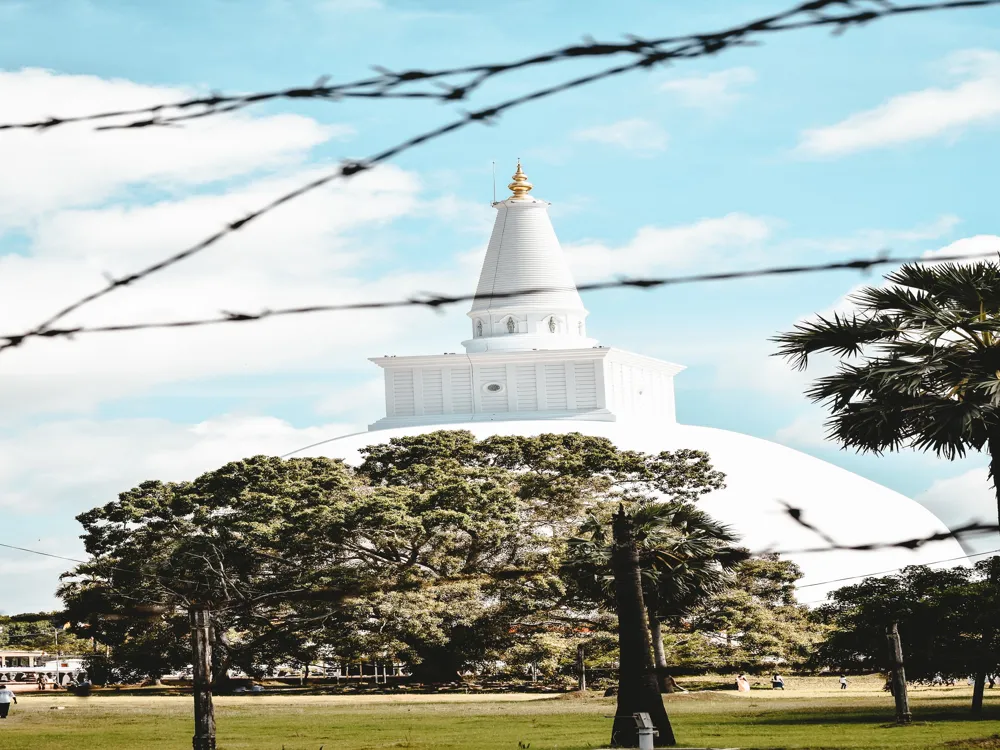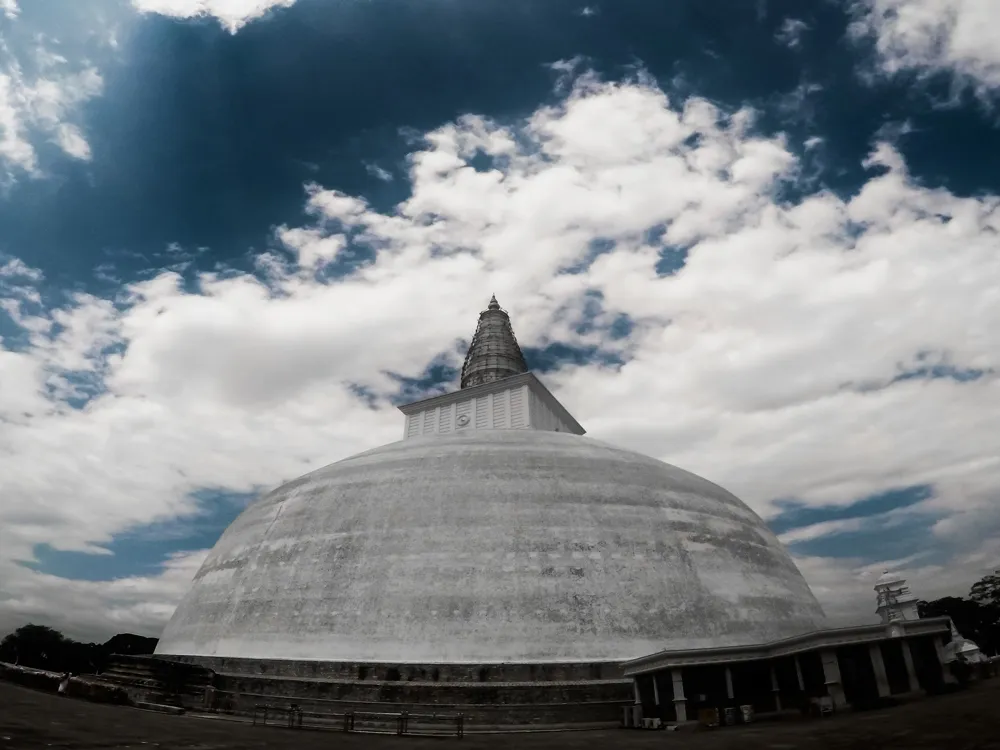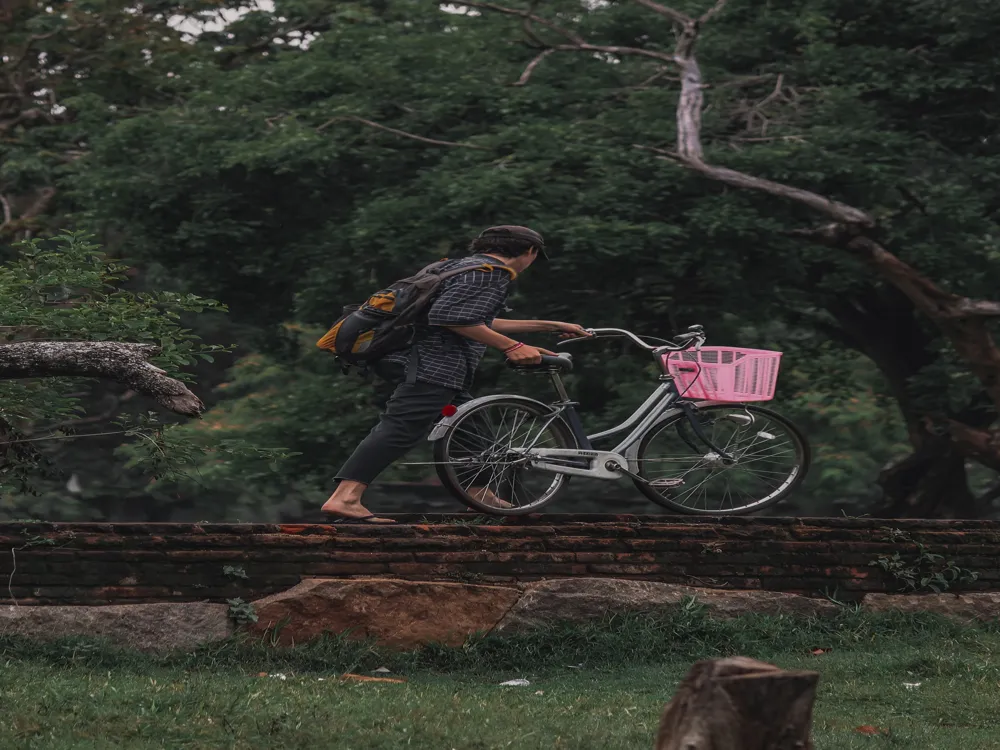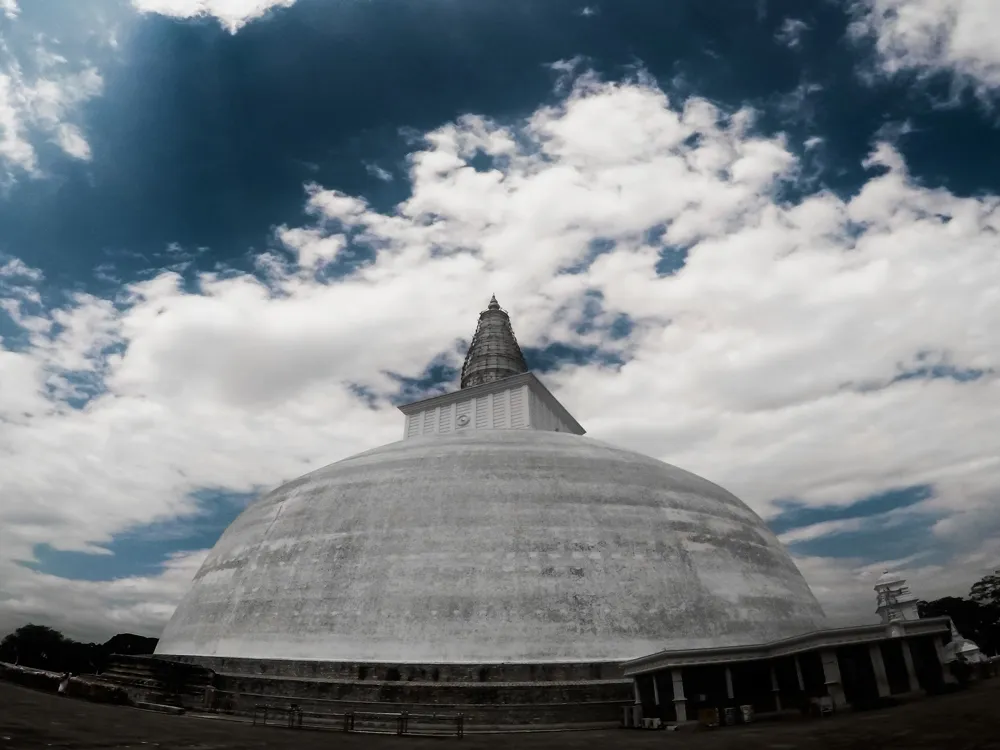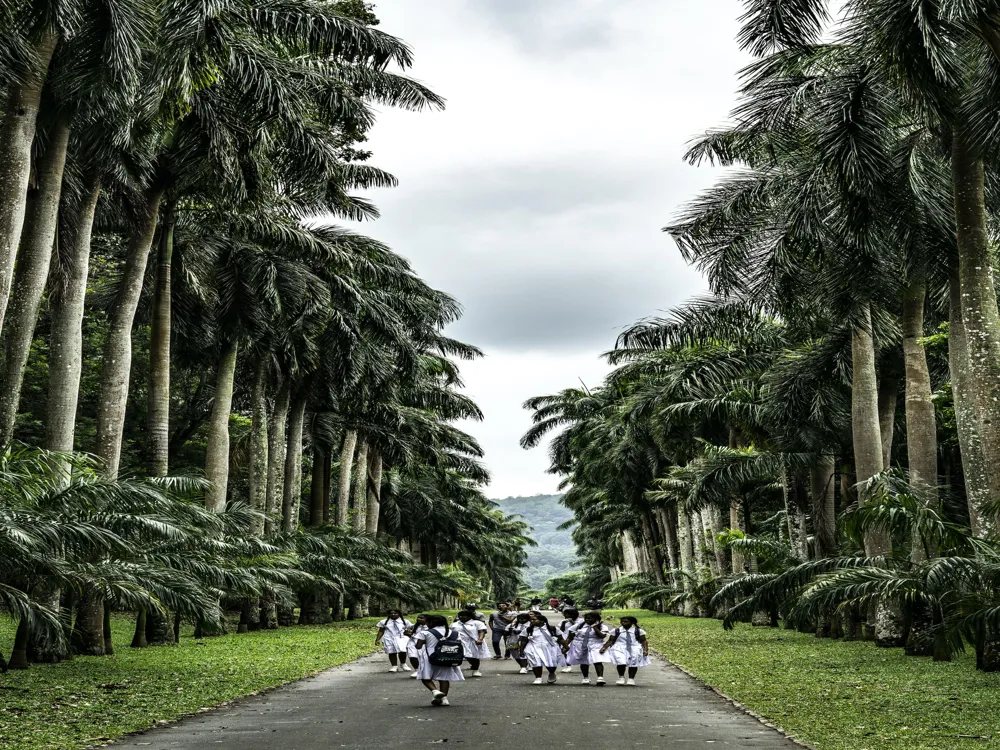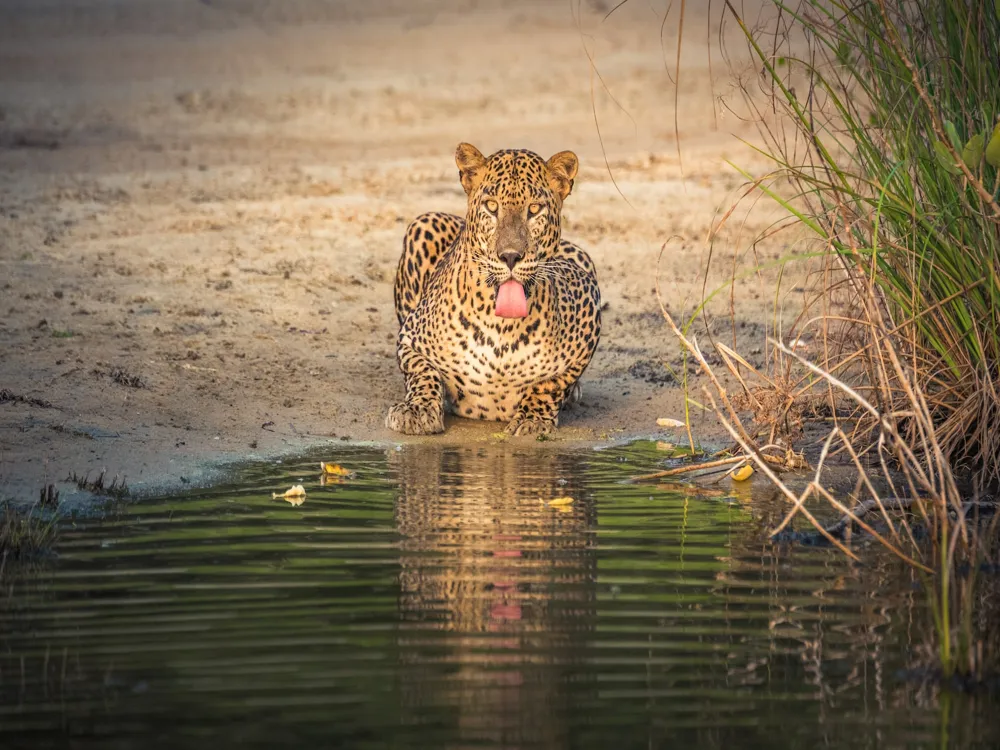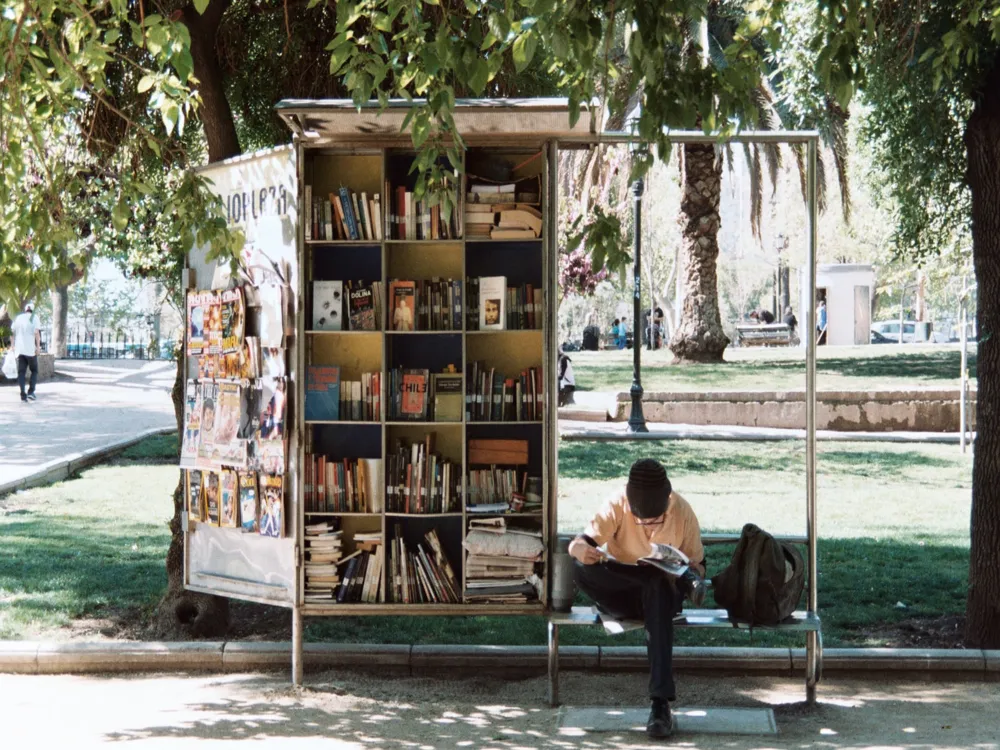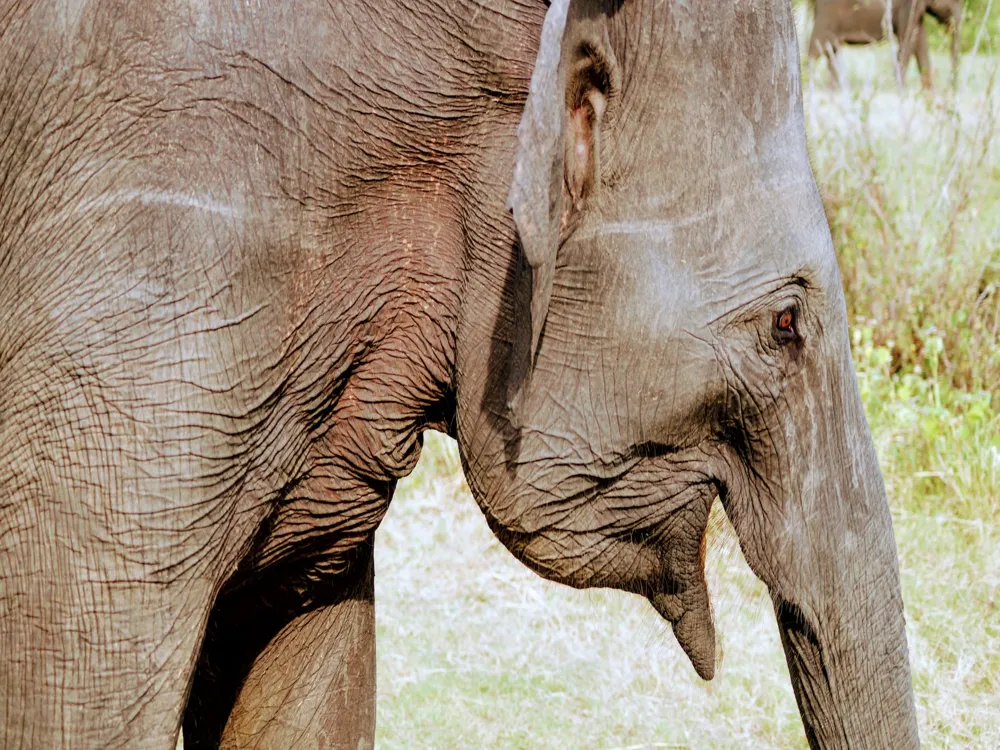Ranmasu Uyana, nestled in the historic city of Anuradhapura in Sri Lanka, stands as a testament to the ancient kingdom's architectural brilliance and understanding of nature. This garden, believed to date back to the 4th century B.C., was part of the royal pleasure gardens of the ancient Sinhalese kingdom. It spreads over an area of 40 acres, showcasing the harmonious balance between architecture and nature that characterized the era. The park's layout reflects the expertise in hydraulic engineering and landscape architecture that prevailed during the Anuradhapuran period. The gardens were designed to be both aesthetically pleasing and functionally efficient, with advanced irrigation systems that highlight the ingenuity of ancient Sri Lankan engineers. This blend of natural beauty and human-made structures makes Ranmasu Uyana not just a site of historical importance but also a symbol of the symbiotic relationship between humans and nature. As you walk through Ranmasu Uyana, you're stepping on the same grounds where kings once roamed. The garden is divided into several sections, each serving a specific purpose, be it for meditation, relaxation, or entertainment. The intricate paths, ponds, and flora that decorate the landscape tell a story of a bygone era where elegance and sophistication were paramount. This historic site not only provides a glimpse into ancient Sri Lankan culture but also offers tranquility and a break from the hustle of modern life. The architecture of Ranmasu Uyana is a reflection of the advanced urban planning and engineering skills of the ancient Sinhalese. This historic park is a marvel of hydraulic engineering, featuring various ponds, waterways, and fountains that were powered by intricate underground channels. The water management system in the park was not only functional but also aesthetically pleasing, with its clever use of natural contours to aid in water circulation. One of the most remarkable features of Ranmasu Uyana is the 'Sakwala Chakraya' or the 'Star Gate', a mysterious stone carving that has intrigued both historians and visitors alike. This circular carving is thought to represent a map of the cosmos or to hold some form of ancient code or message. The precise function of this carving remains a subject of debate, but its presence adds to the mystique and allure of Ranmasu Uyana. Moreover, the architecture of Ranmasu Uyana shows a deep respect for nature. The builders skillfully integrated the natural rock formations and indigenous flora into the design, creating a seamless blend of man-made and natural elements. The garden layout, based on the ancient concept of 'Wewa, Dagoba, and Pansala', placed water reservoirs, Buddhist temples, and monastic complexes in proximity, reflecting the holistic approach to planning in ancient Sri Lanka. The ideal time to visit Ranmasu Uyana is during the cooler months from November to March. The weather is more pleasant, and the gardens are in full bloom, offering a more enjoyable experience. Consider taking a guided tour to fully appreciate the historical and architectural significance of Ranmasu Uyana. Knowledgeable guides can provide insights into the garden's history, architecture, and its role in the ancient Sinhalese kingdom. As Ranmasu Uyana is a site of historical and cultural importance, visitors are advised to dress modestly and respect the site's cultural heritage. Avoid loud noises and disruptive behavior. Ranmasu Uyana is easily accessible from Anuradhapura, one of Sri Lanka's major cities. Visitors can reach Anuradhapura by train, bus, or car from Colombo, the capital city of Sri Lanka. From Anuradhapura, Ranmasu Uyana is just a short drive away. Local transportation such as tuk-tuks and taxis are readily available to take you to the site. Read More:Overview of Ranmasu Uyana of Anuradhapura
Architecture of Ranmasu Uyana
Tips When Visiting Ranmasu Uyana
Best Time to Visit
Guided Tours
Cultural Sensitivity
How To Reach Ranmasu Uyana
Ranmasu Uyana
Anuradhapura
₹ 21,999 onwards
View anuradhapura Packages
Weather :
Tags : Historical Site
Timings : 9:00 AM - 5:00 PM
Time Required : December - April
Planning a Trip? Ask Your Question
Anuradhapura Travel Packages
View All Packages For Anuradhapura
Top Hotel Collections for Anuradhapura

Private Pool

Luxury Hotels

5-Star Hotels

Pet Friendly
Top Hotels Near Anuradhapura
Other Top Ranking Places In Anuradhapura
View All Places To Visit In anuradhapura
Faq on Anuradhapura
What is Ranmasu Uyana?
Ranmasu Uyana is a historical park located in Anuradhapura, Sri Lanka. It's renowned for its ancient gardens, bathing ponds, and intricate water management systems. The park dates back to the period of King Tissa (247-207 BC) and is adjacent to the Isurumuniya Rock Temple.
How do I get to Ranmasu Uyana?
You can reach Ranmasu Uyana by road from Anuradhapura town. It's a short drive or a bike ride away. Public transport options like buses and tuk-tuks are also available from various parts of Anuradhapura.
What are the opening hours of Ranmasu Uyana?
The park is generally open from sunrise to sunset. However, it's advisable to check the latest timings before planning your visit, as they can change.
Is there an entrance fee for Ranmasu Uyana?
Yes, there is typically a small entrance fee for visitors. This fee contributes to the maintenance and preservation of the site. Prices may vary for local and foreign visitors.
What is the best time to visit Ranmasu Uyana?
The best time to visit is during the cooler parts of the day, early morning or late afternoon, to avoid the midday heat. The park is particularly beautiful during the monsoon season when the gardens are lush and green.
View anuradhapura Packages
Weather :
Tags : Historical Site
Timings : 9:00 AM - 5:00 PM
Time Required : December - April
Planning a Trip? Ask Your Question
Anuradhapura Travel Packages
View All Packages For Anuradhapura
Top Hotel Collections for Anuradhapura

Private Pool

Luxury Hotels

5-Star Hotels

Pet Friendly
Top Hotels Near Anuradhapura
Other Top Ranking Places In Anuradhapura
Faq on Anuradhapura
What is Ranmasu Uyana?
Ranmasu Uyana is a historical park located in Anuradhapura, Sri Lanka. It's renowned for its ancient gardens, bathing ponds, and intricate water management systems. The park dates back to the period of King Tissa (247-207 BC) and is adjacent to the Isurumuniya Rock Temple.
How do I get to Ranmasu Uyana?
You can reach Ranmasu Uyana by road from Anuradhapura town. It's a short drive or a bike ride away. Public transport options like buses and tuk-tuks are also available from various parts of Anuradhapura.
What are the opening hours of Ranmasu Uyana?
The park is generally open from sunrise to sunset. However, it's advisable to check the latest timings before planning your visit, as they can change.
Is there an entrance fee for Ranmasu Uyana?
Yes, there is typically a small entrance fee for visitors. This fee contributes to the maintenance and preservation of the site. Prices may vary for local and foreign visitors.
What is the best time to visit Ranmasu Uyana?
The best time to visit is during the cooler parts of the day, early morning or late afternoon, to avoid the midday heat. The park is particularly beautiful during the monsoon season when the gardens are lush and green.







